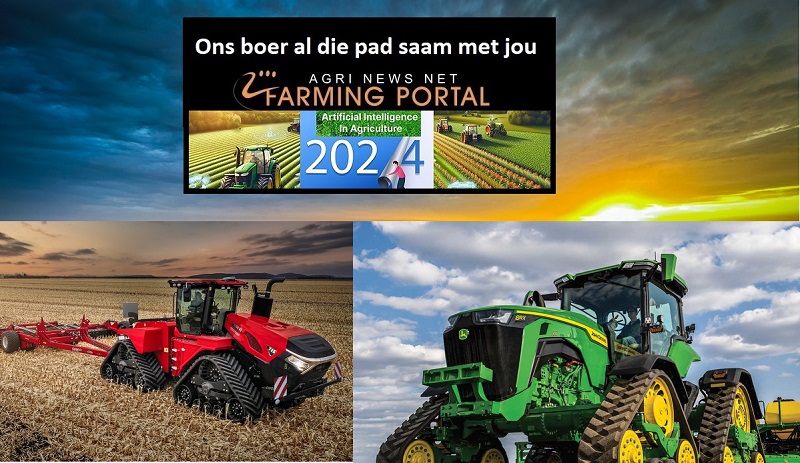The Retrofit Solution
When I started this company, I knew one thing for certain – I didn’t want to build a tractor. The market is already full of time-tested, battle-proven machines. They’re sold, distributed, supported, and hold their value on the secondary market. Why reinvent the wheel? A wise entrepreneur once told me, “Focus or flounder.” Like every other company, we have limited resources, so we concentrated our engineering efforts where the real opportunity existed – on what didn’t yet exist.
One of our founding principles is, “Your next-generation tractor is already sitting in your machine shed.” Nearly every farmer we talk to has significant capital tied up in their existing equipment. They’re not looking to replace it. They want to extend its usefulness, improve its performance, and get more out of what they already own.
At the same time, farmers are incredibly loyal to their equipment dealers. Time and time again, it’s the same old song, “This is really neat, but will this work on my tractor?” The revolution toward autonomy in agriculture won’t come from a brand-new machine rolling off the assembly line. It will come from retrofitting the machines farmers have already paid for and own – ones they trust, know, and rely upon.
The Labor Problem
Let me fill you in on a little secret: you’d be surprised how many farm laborers we’ve quietly repurposed. Surprisingly, most of the operations we work with aren’t adopting autonomy to cut labor. They’re doing it to scale their operations with the same workforce. In nearly every case, autonomy isn’t eliminating jobs; it’s enabling farms to do more with the team they already have.
Farmers have already invested time, money, and effort into recruiting and training reliable workers. These employees are a rare and valuable resource. Farmers don’t want to replace people; they want them more productive. Autonomy allows them to reassign labor to higher-value tasks while autonomous systems handle the repetitive, time-consuming, mundane ones.
It’s not about replacing people. It’s about unlocking capacity – taking on more acres, increasing output, and taking more opportunities without adding more names to the payroll. It’s like turning a pickup crew into a pit crew – the same people, operating at a whole new level.
 How safe are autonomous agricultural machines?
How safe are autonomous agricultural machines?
The Horsepower Conundrum
If you look closely at what autonomy actually does, the future of agriculture starts to come into focus. I’ve said this countless times: “Autonomy is a technology that increases the number of hours available for field operations.” At its core, it expands time.
Too often, the oracles of ag take a myopic view, seeing autonomy primarily as a solution to labor shortages. But it’s bigger than that. You can thank James Watt for his famous equation: Horsepower = Work/Time. For a fixed amount of work, horsepower is inversely proportional to time. So, if you accept my argument that autonomy increases available time, then logically, autonomy reduces the need for horsepower.
I see a future where autonomy drives horsepower down to the point it becomes a commodity. For decades, farm equipment kept getting bigger because it had to be manually operated. With autonomy, the rules of the game change.
Conclusion
We’re at the forefront of deploying autonomy into agriculture. To paraphrase Star Trek’s iconic line, we are “boldly going where no farmer has gone before.” From retrofitting existing equipment, rethinking labor, and fundamentally challenging the role of horsepower, we’re finding that autonomy is reframing what it means to scale, produce, and succeed – not just serving as a novelty.















